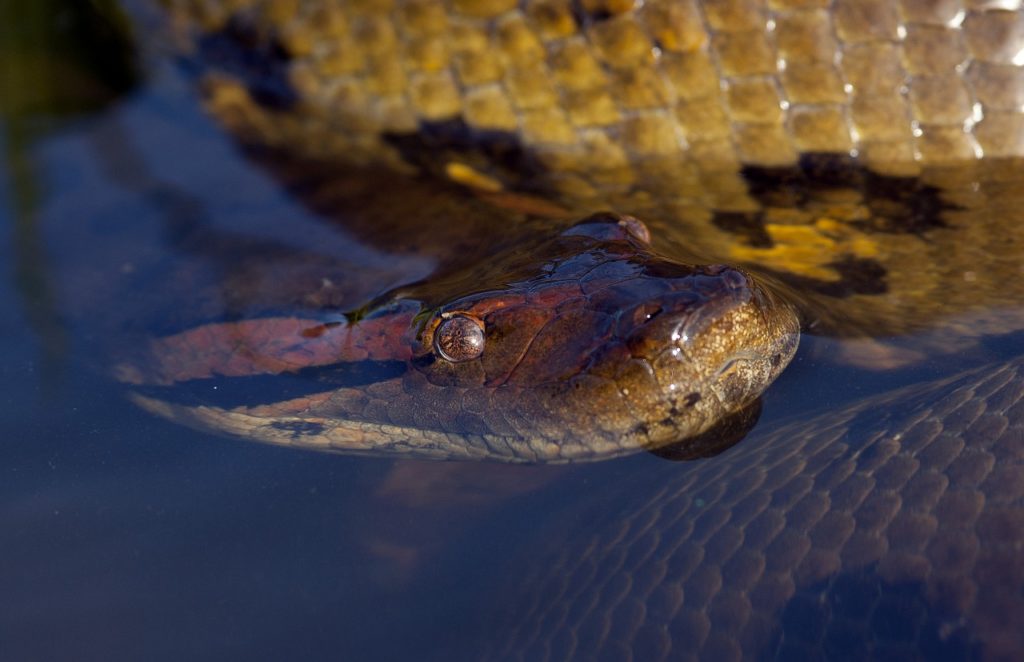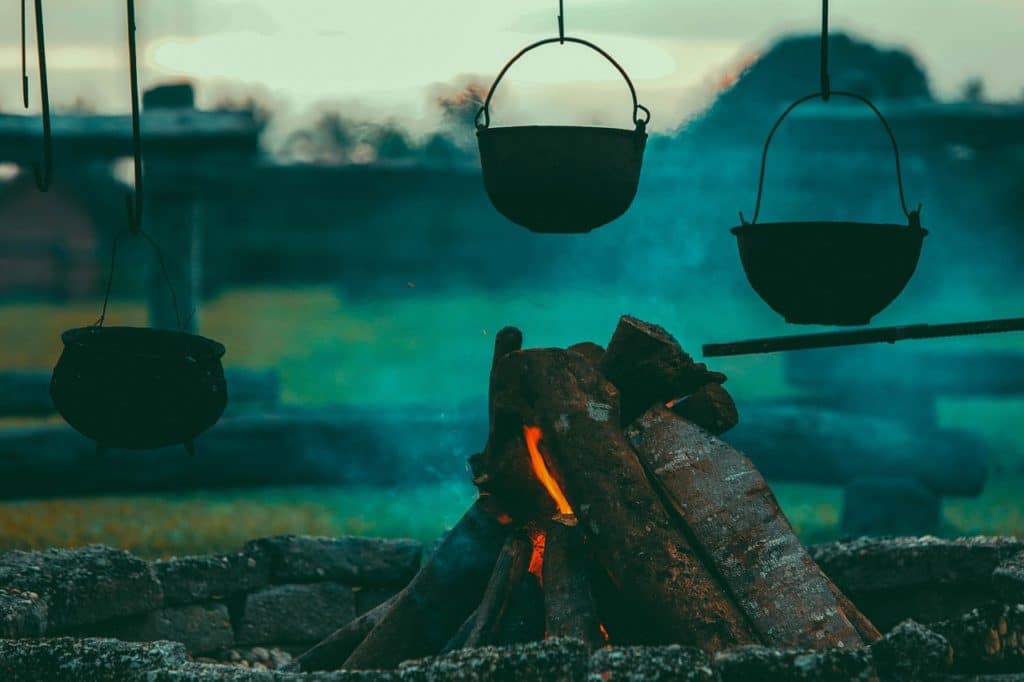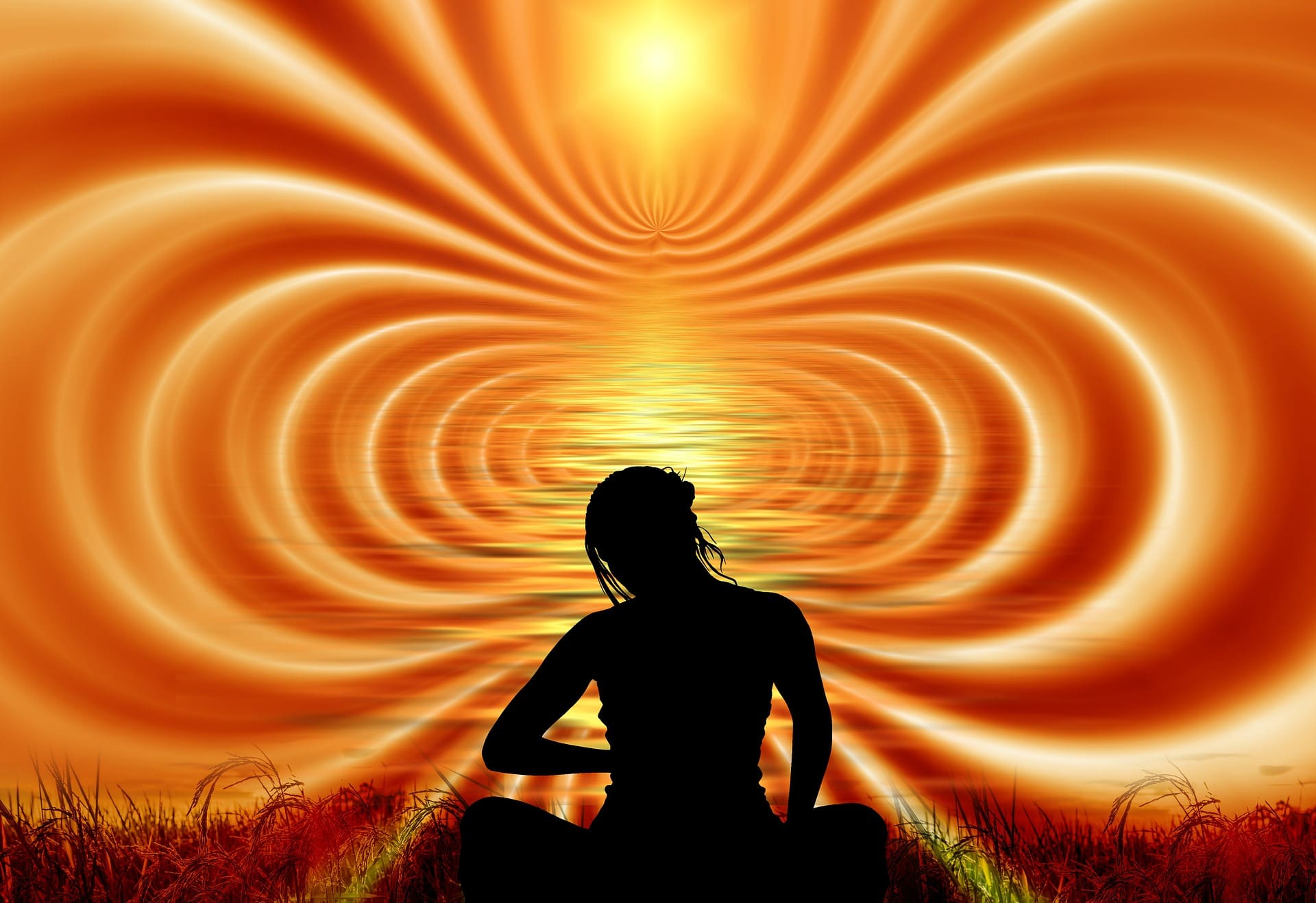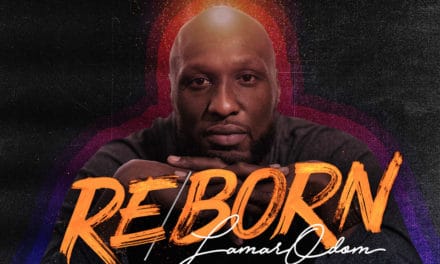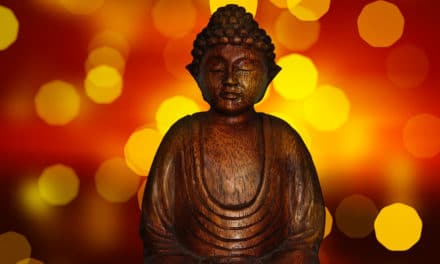Entheogens such as the potent psychedelic jungle brew ayahuasca have enchanted people all over the globe, leading thousands of seekers to travel to exotic locales to experience healing ceremonies in a traditional setting, and just as many others to seek it out in underground ceremonies in the cities where they live. As we know from decades of failed drug policy in North America, people will seek out psychedelics whether they are legal or illegal, and the fact that they are prohibited substances only means that would-be psychonauts must balance their search for healing and profound experiences with the real dangers that lurk in any underground and unregulated environment.
Eleonora Molnar is a health professional and independent researcher who recently spoke at International Transpersonal Conference (ITC) 2017 on the subject of “Problematic Behaviours in North American Entheogenic Ceremonies.” As a proponent of the transformational power and ecological insights that entheogens can offer to humanity, Eleonora is an advocate for a balanced and blunt conversation about how to best approach underground entheogenic use in a way that reduces the potential for harm from charlatans, predators, or naive guides. We spoke with Eleonora recently from her home in Roberts Creek, BC.
Thanks so much for speaking with us, Eleonora. Your recent talk at the International Transpersonal Conference in Prague was about problematic entheogen use in North America. This is a subject I’d love to dig into with you.
Yes, what we’re talking about is exploring the shadow side of non-ordinary states of consciousness with entheogens, and it’s an important subject because substances like ayahuasca, peyote, and iboga are a bit of a fad these days, and more people are seeking them out. In some ways it’s similar to the rise in popularity of yoga- it seems like everyone wants to be a yoga teacher these days. Now, everyone wants to be a shaman, and it’s understandable; I get it. A lot of people are exploring these medicines. We often talk about the benefits, and people want to share how it’s helped them find deep healing and understanding, but people are more reluctant to talk about how it may have hurt them. I think that in any kind of reasonable discourse we should look at both sides to have a well-rounded view.
The ceremonial use of entheogens holds great promise for healing and transformation, but that potential goes hand in hand with the potential for harm. There are lots of ways that can happen: there are issues around abuse of power from shamans or ‘neo-shamans,’ which is not to say that all ceremonial guides are abusive, but appropriate precautions should be taken. Sometimes in this work, people speak only about the benefits but don’t take into account some of the precautions, and I think we need to start doing that more.
Why is this such an important subject to address?
I have heard stories of things going seriously wrong: people dying, people being poisoned, people being sexually abused. These are not things to be taken lightly. This is not to say that they happen every time, but there is a possibility that if we don’t do our due diligence, and even sometimes when we do, problems can still arise. I just want people to be safe, and I want this work to be taken seriously by both participants and guides.
Have you encountered any resistance in discussing this darker side of underground entheogenic use?
When I first started talking about these things, some people were completely resistant to talking about the shadow side because they wanted to focus on the light, bright, happy, fulfilling side of the work. I don’t want to downplay the benefits at all, but it’s concerning when I hear people say “Don’t be a bummer, don’t rain on our parade, don’t talk about these dangers because people can take care of themselves and it’s all up to them.” Sometimes these kinds of comments were coming from the guides themselves who have a level of self-interest involved, and didn’t want the additional scrutiny from others talking about what they were doing.
So with this balanced understanding of both the benefits and risks associated with underground entheogenic ceremonies, what are some essential harm reduction tips that you could offer to people choosing to explore this kind of work?
I’ve done a bit of work with the Women’s Visionary Congress, an organization that I’m affiliated with which has had events here in Canada. We published a piece on our blog called “20 Safety Tips For Participating In Ceremonies That Use Psychoactive Substances,” and I think that’s a really great place to start. It will get you thinking about fundamental things like “How am I going to get there? How will I get back? Who is going to be there? Who is going to have my back? Do I need to bring someone as a chaperone? What if something goes wrong, who would I contact? Where would I go? What’s my plan?”
There are also plenty of things not within your control, like the makeup of the ayahuasca brew itself. There are different admixtures that different people use- some add scopolamine, others will add different traditional medicines for different purposes, and sometimes the person presiding over the ceremony doesn’t even know what’s in the brew they are serving.
So it’s not going to be the same every time, and I think people need to keep that in mind.
There are many positive examples where communities of use have developed, where friends are drinking with one another, know one another, know the person offering the brew, and there’s a general ritual that they’re familiar with. But for those who aren’t in those communities, I think we need to share some of these cautions to help keep each other safe.
It’s also important for people to think critically about what they are getting into and the work that lies ahead. Forays into non-ordinary states of consciousness can bring up a lot of challenging things, and integrating what arises during those explorations can be a long and intense task. It is work- it’s not just fun and games and balloons. Things may come up that you never expected, and you may need help integrating them in a relational way with other people- or at least one other person that you know and trust, so you can work through it.
I absolutely agree with the vital importance of integration, and myself recently became certified in integration coaching through an organization called Being True to You. Every psychedelic expert I’ve interviewed, bar none, has emphasized the importance of integration in psychedelic work. Integration is everything.
I agree. And then there’s the idea of preparation: how do you prepare for something like this if you’ve never experienced it before? There is a lot of work that can be done beforehand so that the journey might be navigated differently than if you hadn’t prepared. You want to have a sense of what might come up. Where are you at in your life? What are some things that you are challenged with, blessed with, and how might they come up during your journey? Often times these substances create a microscope that allows us to really focus down on these issues, and so having some idea of what these issues are could be very helpful in facilitating a smoother journey. Of course, this all goes hand in hand with mindfulness of set and setting for the experience itself.
On the whole, it seems like our Western understanding of entheogenic work is still very rudimentary. For many decades it was “Just say no,” and now there’s a big focus on the positives thanks to personal accounts, popularization, and scientific research. But we really need to take a humble approach by considering the tribal cultures that have the most experience with these entheogens, and adopt a more nuanced perspective that takes into account their broader understanding and time-tested best practices. In your view, what are we still failing to grasp in the West, and why?
I think in traditional cultures, there is a different cosmovision that comes along with the culture, and there are other ritual practices and beliefs that are part of the larger social fabric. What we in the West have done is take pieces of these cultures and adopt them for our own use and benefit, but we’re lacking the context in which these practices take place, which has created some of the problems of which we’re speaking.
I think it’s difficult to talk about these plant medicines and these journeys without acknowledging where they come from. They originated with these traditional indigenous practices, for the most part. Iboga with the Bwiti, ayahuasca with the Shipibo and other tribes, mushrooms with the Aztecs and Mazatecs, peyote with the Toltecs and first nations of Mexico. The substances themselves become popularized and appropriated by our culture, but just the medicines- not necessarily the prayers, practices, and everyday life of the people who work with these medicines. It’s simplistic for us to say “You can do these things to keep yourself safe”- that is the first order of safety- but we have to look at this selective cultural appropriation and ask why is it that we are seeking, and what is it that we are seeking?
…and what is it that we are seeking?
I believe it is a call to connection, because true connection is so lacking in our modern day Western paradigm that is so focused on individualism, competition, and this interesting vein of almost competitive self improvement. Then you add in layers like Facebook, where you are constantly compared to others, and the capitalistic free market system, all of which contribute to this. Because we are all competing and trying to get ahead and that’s our culture, we feel empty inside and there’s always that longing for connection, because that’s what we really want. We feel trapped in this sick culture that is promoting these values that we want to break away from, but we’re saturated by it, so that’s the dichotomy. People want to escape through these medicines and evolve and think differently, but it’s hard because our dominant culture reinforces other values, and so there’s this disconnect there… so people are always searching.
Bruce Alexander is a retired professor from Simon Fraser University, and he calls it dislocation. There are a number of other notable people who talk about this as well, such as Gabor Mate, Bell Hooks, and Dion Million. We are dislocated and searching, and so we seek out these medicines to feel more whole and heal ourselves. But it’s going to take more than the medicines- we’re going to have to heal our culture. Being a deep ecologist and someone who reveres the divine feminine, I think we have to do that with the land, our Mother Earth. What we do to the earth we do to ourselves, and vice versa. So the idea that we’re just going to take the medicine and heal ourselves I think falls short of our larger goal of connection. We really need to have a broader mission of healing our social and ecological systems, and through healing the earth and each other, we will finally find the connection we seek and heal ourselves.


